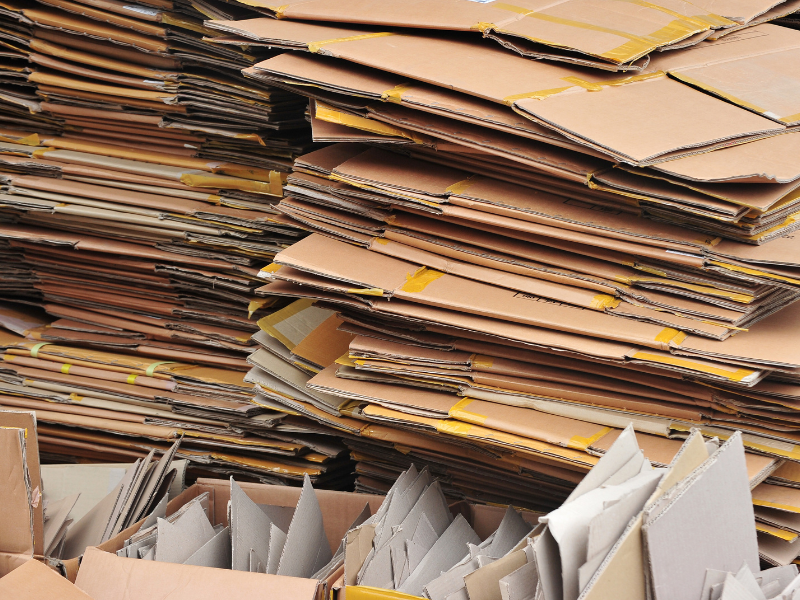Eco-friendly packaging is no longer just a trend—it’s a necessity for businesses that care about the planet and their public image. Many small or budget-conscious brands assume that sustainable packaging comes with a hefty price tag. However, with the right strategies, you can adopt green practices that support both your brand and your bottom line.
Why Eco-Friendly Packaging Matters for Small Brands
Brand Perception and Consumer Trust
Sustainable packaging can elevate how your brand is perceived by customers who care about ethical business practices. Consumers today are actively looking for companies that align with their values, especially those prioritizing the environment. By using eco-friendly packaging, small brands can build lasting trust and loyalty.
Environmental Responsibility
Traditional packaging contributes significantly to global waste and pollution, especially plastics that don’t break down. Choosing sustainable options helps reduce your environmental impact and encourages responsible consumer habits. Even small shifts can lead to a meaningful difference when done consistently.
Regulatory Trends
Government policies are increasingly cracking down on non-recyclable and single-use packaging materials. By transitioning early to eco-friendly alternatives, brands can stay ahead of regulations and avoid penalties. This proactive approach also positions your business as a responsible industry leader.
Choosing Affordable Eco-Friendly Materials
Recycled Paper and Cardboard

Recycled paper and cardboard are widely available and often more cost-effective than virgin materials. These options still offer durability and protection while reducing the need for new resources. They also signal to customers that your brand values sustainability.
Biodegradable and Compostable Options
Materials like compostable mailers or biodegradable wraps break down naturally, reducing landfill waste. Many of these options are becoming more accessible and competitively priced as demand grows. They offer an excellent balance between sustainability and affordability.
Lightweight Alternatives
Lighter materials not only cut down on raw costs but also lower shipping fees. Packaging designed with weight efficiency in mind can help you save significantly over time. These choices also reduce emissions from transportation, supporting a greener supply chain.
Smart Packaging Design to Cut Costs and Waste
Minimize Excess Packaging
Using only what you need in your packaging reduces material waste and costs. Streamlined designs that fit your products snugly help eliminate the need for fillers and oversized boxes. This not only saves money but also creates a cleaner, more efficient customer experience.
Multi-Use and Reusable Packaging
Packaging that serves a secondary purpose encourages reuse, which lowers the volume of waste. Reusable materials can be cleverly branded to extend your reach beyond the first interaction. It’s a creative way to align practicality with environmental goals.
Flat-Pack and Stackable Designs
Flat-pack designs save space during storage and transit, cutting down on warehousing and shipping costs. Stackable packaging solutions offer better organization and more efficient use of resources. These design choices can be easily adapted to meet both budget and sustainability needs.
Educating Customers Through Packaging
Include Recycling or Reuse Instructions

Clear instructions on how to dispose of or reuse packaging make a big difference in customer behavior. Educated customers are more likely to follow through with sustainable actions. It also reinforces your brand’s commitment to environmental responsibility.
QR Codes to Promote Transparency
QR codes on packaging can lead customers to detailed pages about your sustainability practices. This digital approach keeps the packaging clean while offering rich, interactive content. It builds a deeper connection and trust with your audience.
Turn Packaging into a Marketing Tool
Your packaging can be a silent ambassador for your brand, carrying messages about your values and mission. Encourage customers to share unboxings or reuse ideas on social media to extend your reach. This approach adds value without requiring extra marketing spend.
Key Takeaways
Eco-friendly packaging doesn’t have to strain your budget. Through smart material choices, efficient design, and creative branding, budget-conscious brands can go green without overspending. The key lies in balancing sustainability with practicality to benefit both your business and the planet.

